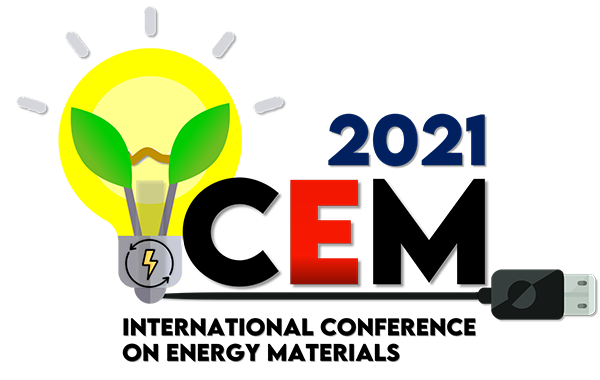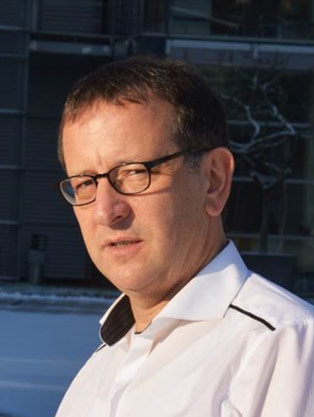Plenary Lecture
Using Molecular Heterojunctions for Chemistry: About Artificial Photosynthesis, New Electrochemistry, and Artificial Ion Pumps
Markus Antonietti
Max Planck Institute of Colloids and Interfaces, Research Campus Golm, D-14424 Potsdam, Germany
Abstract :
Throughout the search for simple candidates for artificial photosynthesis and heterogeneous organocatalysis, carbon nanostructures (or better: organic carbonaceous solids with heteroatom doping and edge functionality) turn out to be unexpectedly efficient. Carbon frameworks, N-doped carbons, C2N or C3N4: all these systems are easy to make, mostly based on available and sustainable precursors. To the general surprise, such carbocatalysts not only outperform even noble metals and some enzymes, but are at the same time more stable and less sensitive against side reactions, i.e. possess adjusted but selective chemical functionality.
Besides introducing these materials and their physical chemistry, I will focus on “heterojunction chemistry”, namely what such structures do with old and apparently well-known species as metallic gold. I will present how the nobility of gold can be changed, for the purpose of catalysis enabling even new chemical reactions, such as the room temperature ammonia synthesis or the electrochemical synthesis of formic acid from carbonized water.
Another exciting application of such materials is in novel energy storage, both in supercapacitors and battery applications. Using ionic liquids, I will show how such molecular field effects can break previous limits of energy density. Lastly, the realization of a light driven ion pump based on simple chemical components will be presented.



